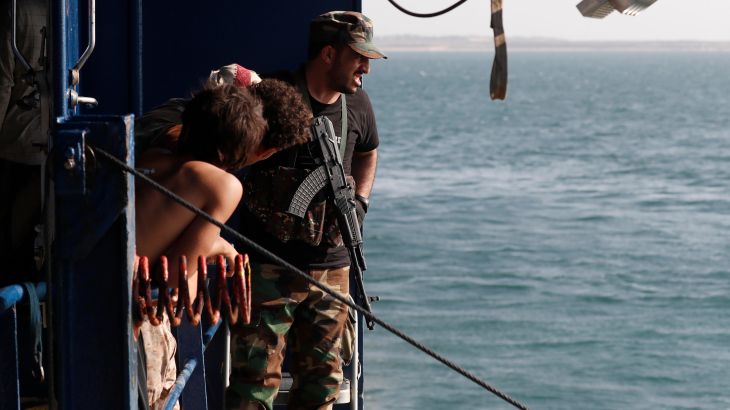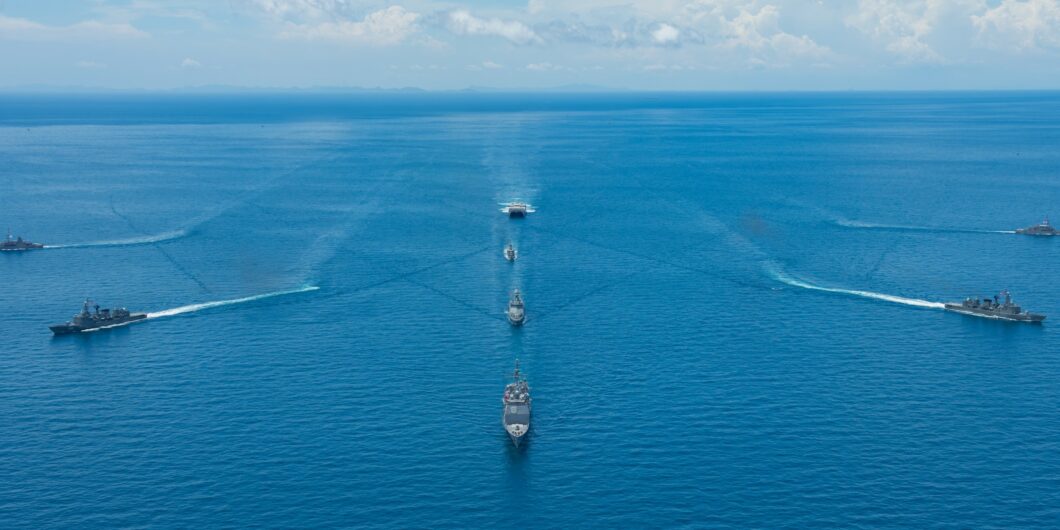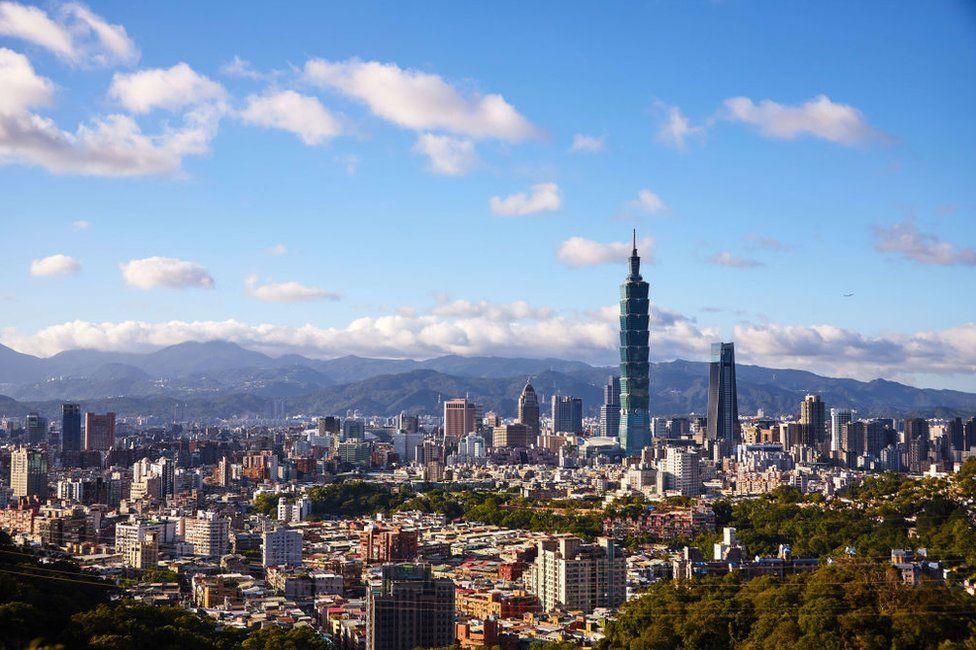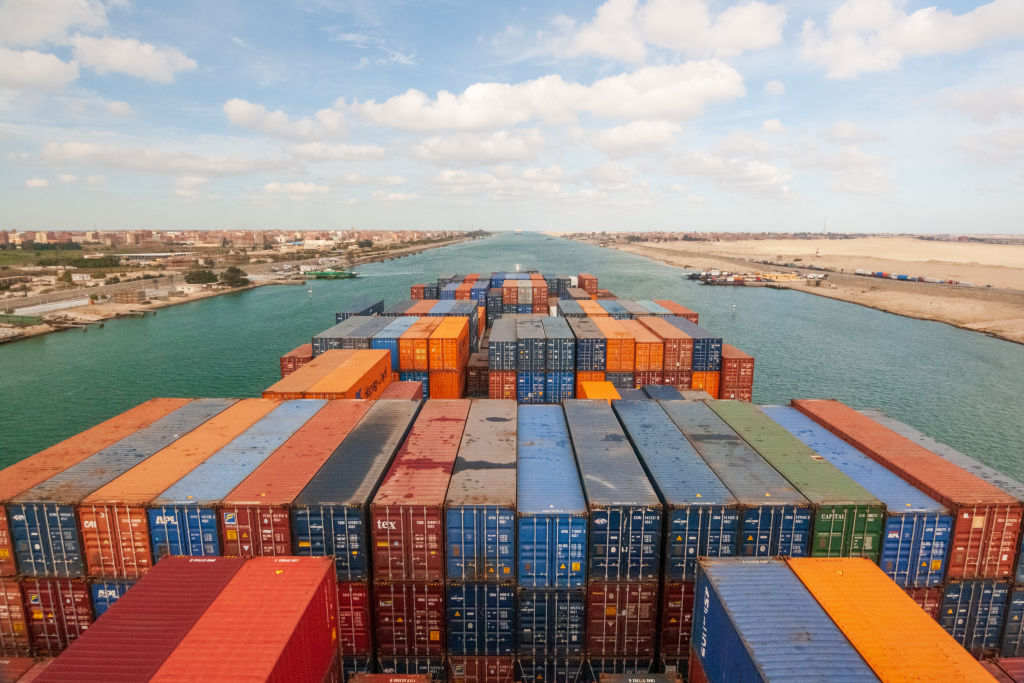
Yemen’s Houthis will not halt attacks on ships linked to Israel in the Red Sea, despite the United States announcing a new maritime protection force to counter them, a spokesperson for the rebel group said.
“Even if America succeeds in mobilising the entire world, our military operations will not stop … no matter the sacrifices it costs us,” Mohammed al-Bukhaiti, a senior Houthi official, said in a post on X on Tuesday.
The Houthis would only halt their attacks if Israel’s “crimes in Gaza stop and food, medicines and fuel are allowed to reach its besieged population”, al-Bukhaiti said.
He spoke after US Defense Secretary Lloyd Austin announced a coalition on Monday to protect trade in the Red Sea after the attacks forced shipping lines to suspend operations.
The Iran-linked Houthis have waged attacks on more than a dozen commercial ships in an attempt to pressure Israel to end its bombardment of the Gaza Strip.
“These reckless Houthi attacks are a serious international problem and they demand a firm international response,” Austin said about the new 10-nation coalition. He said the force would operate “with the goal of ensuring freedom of navigation for all countries and bolstering regional security and prosperity”.
















